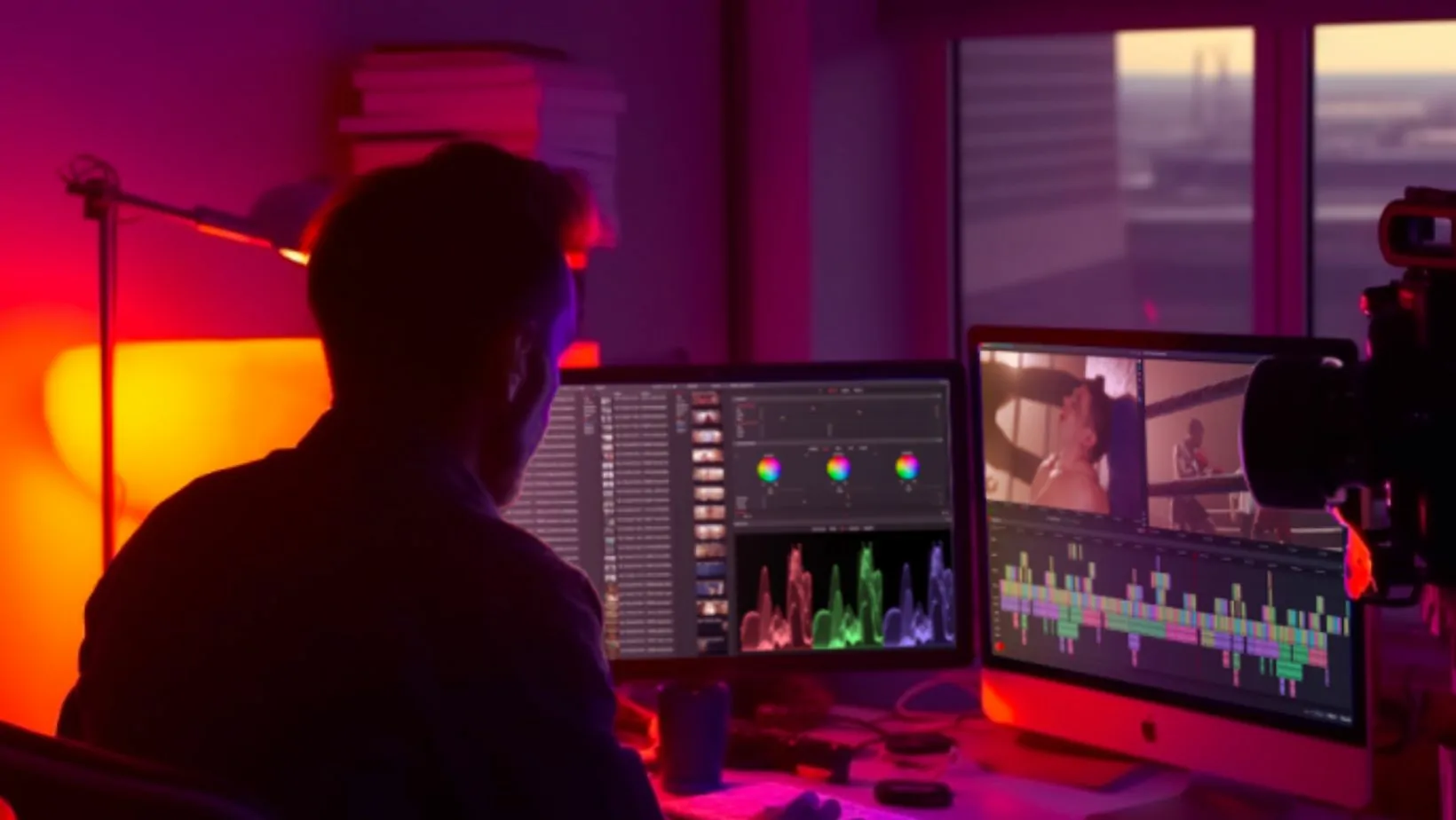Table of Contents
ToggleHow to Change a Color in Illustrator
Changing the color of an element in Adobe Illustrator is a fundamental skill that every graphic designer should possess. Whether you want to modify the color scheme of a logo, adjust the hue of an image, or simply experiment with different shades, Illustrator provides powerful tools to help you achieve your desired results. In this article, I’ll guide you through the step-by-step process of changing colors in Illustrator and offer some tips and tricks along the way.
To begin, open your Illustrator project and select the object or group of objects whose color you want to change. You can do this by using the Selection Tool (V) and clicking on the desired element(s). Next, navigate to the Color panel by going to Window > Color > Color. Here, you’ll find various options for selecting colors.
One method for changing colors is by using the Eyedropper tool (I), which allows you to sample a color from any part of your artwork and apply it to another area. Simply click on an existing color within your design using the Eyedropper tool and then click on the object(s) where you want to apply that color. Alternatively, if you have a specific color in mind, you can enter its values directly into the Fill or Stroke boxes in the Color panel.
With these basic steps in mind, let’s dive deeper into more advanced techniques for precise color adjustments in Adobe Illustrator. So grab your creative hat and get ready to explore new possibilities with colors!
Understanding the Basics of Illustrator
Using the Color Picker Tool
When it comes to changing colors in Adobe Illustrator, one of the fundamental tools you’ll need to familiarize yourself with is the Color Picker. This handy tool allows you to select and apply colors with precision. To access it, simply click on the Fill or Stroke color swatch in the toolbar.
The Color Picker provides a variety of options for choosing your desired color. You can manually enter specific values for RGB or CMYK colors, use the sliders to adjust hue and saturation, or even explore different color libraries. Additionally, there’s an eyedropper tool that lets you sample colors from existing objects within your artwork.

Applying a New Color to an Object
Once you’ve selected a color using the Color Picker, applying it to an object in Illustrator is straightforward. Start by selecting the object or objects you want to change. Then, click on the Fill or Stroke color swatch in the toolbar and choose your desired color using the Color Picker.
If you’d like to apply a specific global color (which we’ll discuss shortly), make sure that option is selected before choosing your new color. Alternatively, if you prefer working with gradients or patterns instead of solid colors, Illustrator offers additional options for creating dynamic visual effects.
Working with Global Colors
Global colors are an incredibly useful feature in Illustrator as they allow you to create consistent palettes throughout your artwork. By defining a color as global, any changes made to that color will automatically update all instances where it’s used.
To work with global colors, first select an object that has a fill or stroke already applied. Then click on “New” under Swatches panel menu and choose “New Swatch.” In the dialog box that appears, check “Global” and give your swatch a name before clicking OK.
Now whenever you want to change this global color across your artwork, simply double-click on the swatch in the Swatches panel, pick a new color using the Color Picker, and voila! All objects using that global color will update accordingly.
Understanding these basics of Illustrator will empower you to confidently change colors in your designs. Whether you’re adjusting individual object colors or working with global palettes for consistency, these tools and techniques will help you bring your creative vision to life in Adobe Illustrator.







